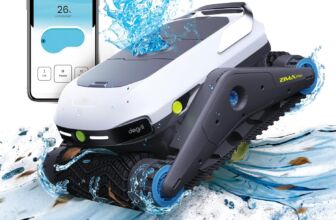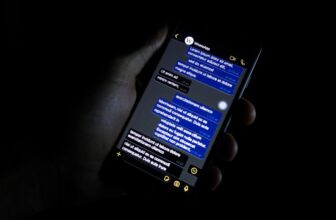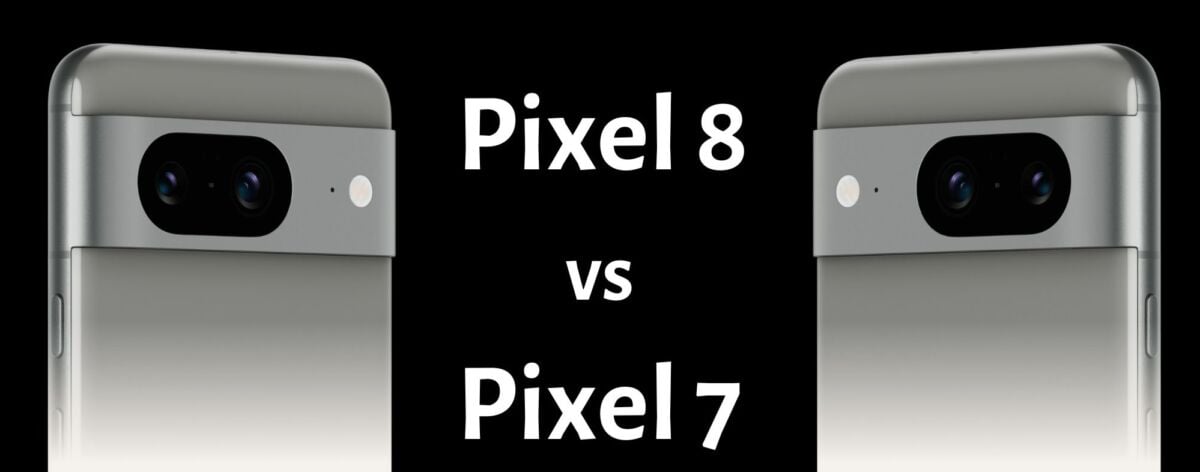
Google seems to have struck again, with its brand new Pixel 8 smartphone presented today together with its big brother 8 Pro and al Google PixelWatch 2. But what are the differences compared to its predecessor, the Pixel 7? And how do these technical details translate into a better daily user experience than before (according to Google itself)? Let's find out all the details that make the difference.
Topics of this article:
Screen and design
The design of the Pixel 8 remains largely faithful to the aesthetic lines of the Pixel 7, maintaining the now distinctive camera bar, which spans the entire width of the device and gives an unmistakable look. Both models sport a pill-sized dual rear camera housing, and the aluminum camera bar blends beautifully with the overall design.
One thing that early reviewers seem to particularly like is the matte texture on the sides of the Pixel 8, which makes it easier to hold. Although the Pixel 7 had a similar matte finish, la texture is different in the latest model, making every shot a slightly different and potentially more stable and comfortable experience.
Google has chosen to implement a smaller 6.2-inch display on the Pixel 8, making it ideal for one-handed use. Although the name “Actua” of the display may not be immediately clear, it can reach up to 2000 nits, putting it on par with the best Android phones available on the market. Furthermore, unlike the Pixel 7 which reached "only" 1400 nits, the Pixel 8 manages to brighten more in short bursts, making it a great option for streaming HDR content.
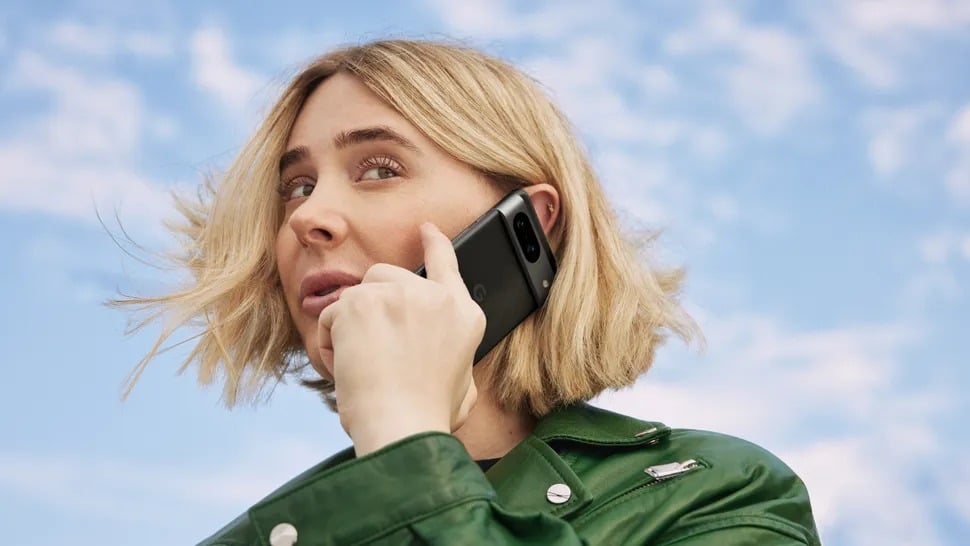
Hardware
The Pixel 8 introduces notable hardware upgrades, including the G3 tensioner, equipped with the latest Cortex X3, A715 and A510 cores, giving it a distinctive advantage over its predecessor. While the Tensor G2 fared quite well, it did not include newer Arm cores and showed some difficulties in visually intense games.
AI is a key pillar of Google's phone ambitions, and the Tensor G3 offers a tenfold gain in AI-related tasks compared to the Tensor G1. Google is capitalizing on this boost by introducing a number of AI utilities on the Pixel 8, including camera features and interesting software additions that are exclusive to the new generation.
The transition to ARMv9 allowed Google to implement new security technologies. The Pixel 8 is in fact equipped with Arm's Memory Tagging Extensions (MTE), which can prevent some memory-based attacks. Furthermore, the Pixel 8 is the first to implement this interface.
Graphics are another key aspect of Tensor G3. While the Tensor G2 didn't pass performance benchmarks, its robust graphics configuration was useful for neural network applications. With the Tensor G3, Google has corrected this problem with a updating to Arm Mali-G715.
Cameras
Every year, Google introduces a series of upgrades to its devices' cameras, and the Pixel 8 is no exception. It introduces a new main camera from 50 megapixel with f/1.68 lens which can take 2x optical quality photos, just like the iPhone 15 Pro. While keeping the sensor resolution identical to last year, the hardware has changed significantly.
Furthermore, if the Pixel 7 already offered one of the best cameras in its category, it will be interesting to see how the Pixel 8 manages to perform in real-world tests.
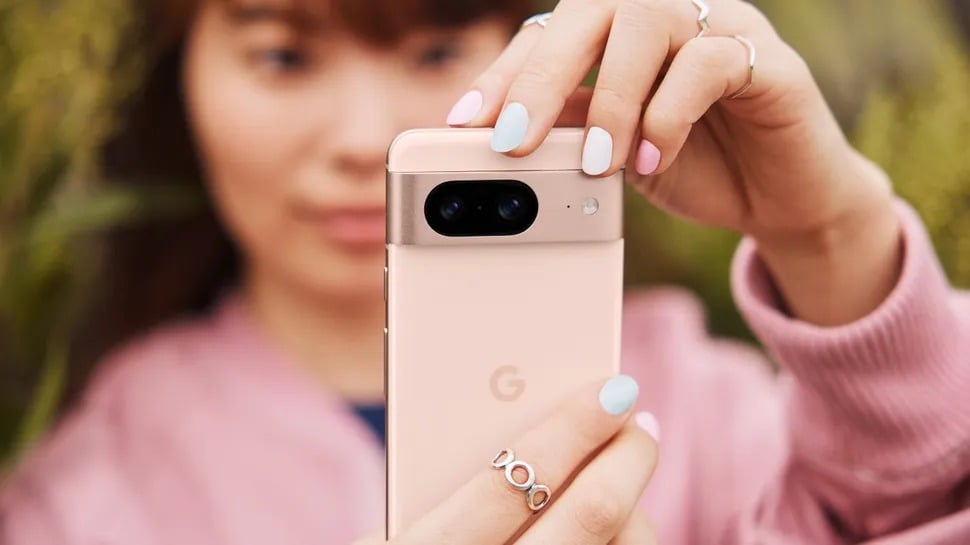
Google Pixel 8 updates
The Pixel 8 runs Android 14 out of the box, and you get the usual set of Google features that are exclusive to its devices. What's interesting this time is that Google is rolling out many AI-supported features that take advantage of the Tensor G3, making them exclusive to the Pixel 8 series. Most of these are camera-centric, but there are useful additions sprinkled throughout. 'interface.
Furthermore, there is a software update guarantee. The Pixel 8 will receive seven years of software updates – which include version updates, security updates and Feature Drops – and this puts it on another level entirely compared to other Android devices
Pixel 8 vs Pixel 7 technical specifications
| Feature | Google Pixel 8 | Google Pixel 7 |
|---|---|---|
| Operating System | Android 14 | Android 14 |
| Display | 6,2 inches Actua, 120Hz AMOLED (2400×1080), HDR10+, 2000 nits, Gorilla Glass Victus | 6,3 inches 90Hz AMOLED (2400×1080), HDR10+, 1400 nits, Gorilla Glass Victus |
| chipset | Google Tensor G3, Titan M2 | Google Tensor G2, 2 x 2.85GHz Cortex X1, 2 x 2.35GHz Cortex A76, 4 x 1.80GHz Cortex A55, Mali-G710, 4nm |
| RAM | 8GB LPDDR5X | 8GB LPDDR5X |
| Memoria interna | 128GB / 256GB UFS 3.1 | 128GB / 256GB UFS 3.1 |
| Rear camera 1 | 50MP f/1.68, 1.2um pixels, PDAF, OIS, 4K at 60fps | 50MP f/1.9, 1.2um pixels, PDAF, OIS, 4K at 60fps |
| Rear camera 2 | 12MP f/2.2, 1.25um pixels, 125 degree wide angle | 12MP f/2.2, 1.25um pixels, 114 degree wide angle |
| Front camera | 10.5MP f/2.2, 1.22um pixels, wide angle | 10.8MP f/2.2, 1.22um pixels, wide angle |
| Connectivity | Wi-Fi 7, Sub-6 5G (mmWave in US), Bluetooth 5.3, NFC, AptX HD, USB-C 3.2 | Wi-Fi 6E, Sub-6 5G, Bluetooth 5.2, NFC, AptX HD |
| Protection | IP68 against dust and water | IP68 against dust and water |
| Safety | Fingerprint sensor in the display | Fingerprint sensor in the display |
| Audio | Stereo sound, USB-C | Stereo sound, USB-C |
| Battery | 4575mAh, 30W wired charging, 20W wireless, 5W reverse wireless | 4355mAh, 30W wired charging, 20W wireless, 5W reverse wireless |
| Dimensions: | 150.5 x 70.8 x 8.9mm, 187g | 155.6 x 73.2 x 8.7mm, 197g |
| Candle Dyes | Obsidian, Hazel, Rose | Lemongrass, Obsidian, Snow |
Source | Google



